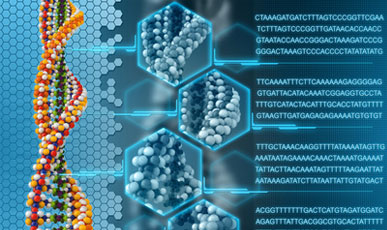Genetic Testing Demystified

Human beings are known to carry 3000 to 4000 genetic diseases. Genetic diseases may be inherited when a mutated gene is passed on from a parent to a child. The mutated gene will be among one of the thousands of healthy genes and it is only now that some of these mutated genes can be identified in a process known as genetic screening.
The exact process of genetic screening is quite a technical one. It is enough to understand the function it serves - that is to identify the disease causing genes in humans. There are two types of genetic screening; screening of unborn children and screening of children and adults. In the latter case, the screening serves two purposes. The first is to confirm whether or not the individual has a mutated gene of a certain disease. The second is to ascertain the risk their children have of inheriting that particular disease. The knowledge that one or both parents carry a dominant gene for a genetic disease might have a bearing on their decision to start a family.
An example of a successful genetic screening program is the one performed in Italy for Thalassemia. By the mid-1990s, almost 30,500 carriers for the condition and 1544 couples at risk had been identified.
This resulted in about 90% of possible cases being prevented by the use of prenatal diagnosis and selective abortion.
Screening of unborn children is known as prenatal screening and is used to detect genetic disorders such as Down’s syndrome during early pregnancy. This test is recommended when the mother is over 40.
Prenatal screening consists of tests such as amniocentesis, where cells of the amniotic fluid are removed and sent to the laboratory for analysis. The test is usually performed between 12-16 weeks of gestation. Nowadays, a test known as Chorionic Villi Sampling (CVS) can be performed at 6 to 9 weeks to check for birth defects such as Spina bifida. Ultrasound imaging is another technique used that has the advantage of being non-invasive. While it is still not possible to screen every fetus for the many possible genetic diseases, these tests are still available for those who fall in the high risk category.
While genetic testing has its detractors who claim that man is interfering with nature by playing God, many governments are in favor of these tests, given the high healthcare costs for people who eventually suffer from severe diseases. For many aspiring parents, the advantages of genetic screening far outweigh any moral or religious objections and it also offers a humane solution to a burgeoning health care crisis.
Reference